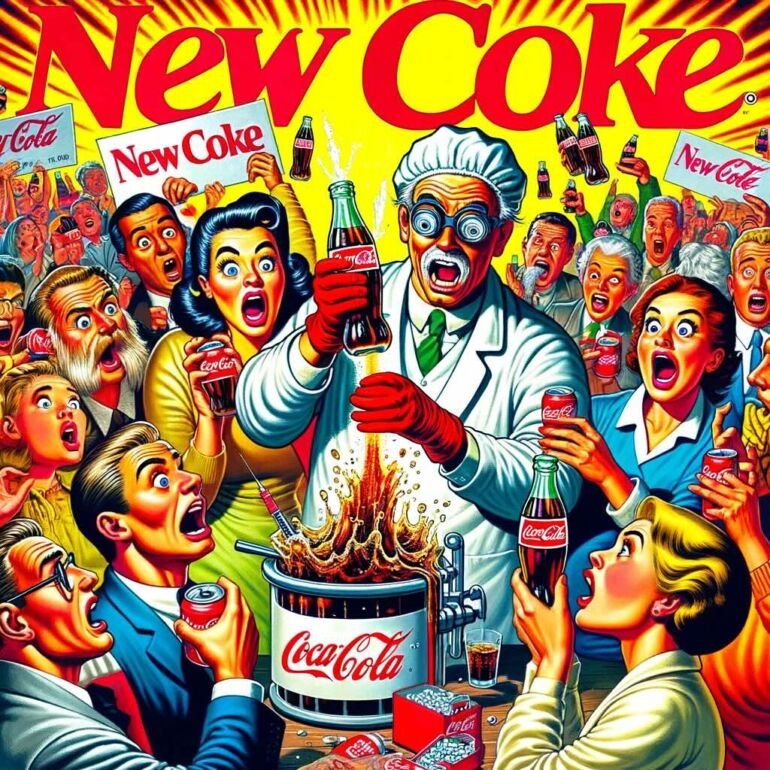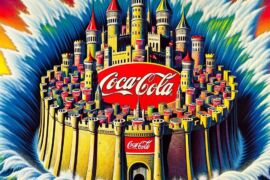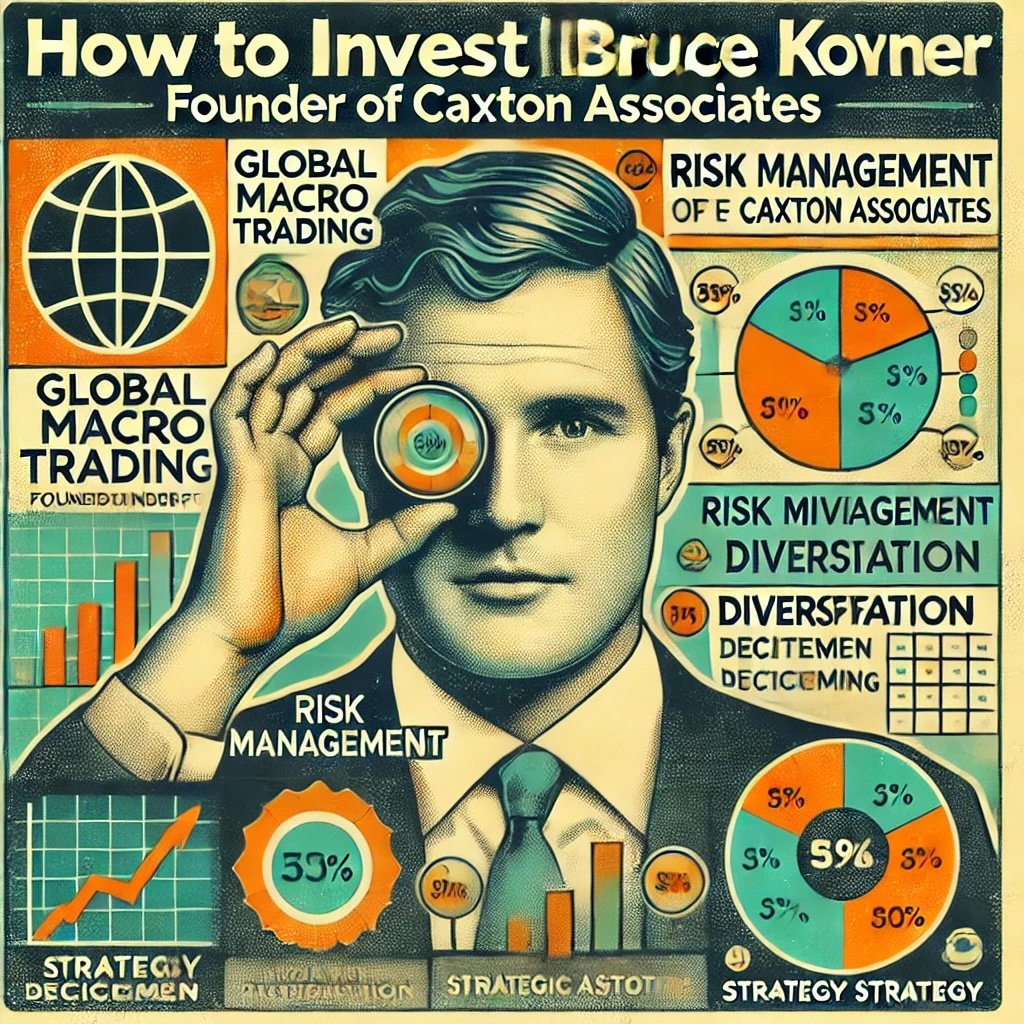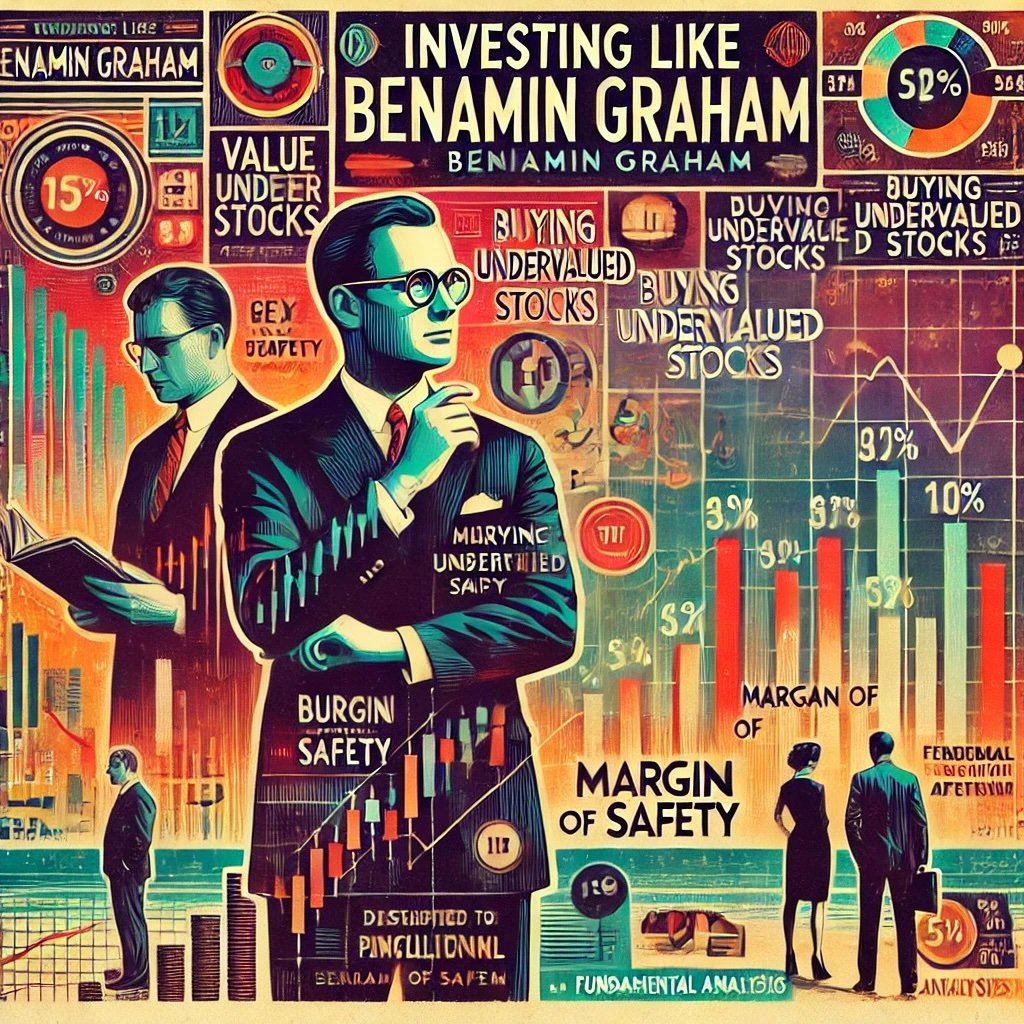Warren Buffett, a name that echoes throughout the corridors of investment and finance, is famously known as the Oracle of Omaha. His investment strategy, deeply rooted in the principles of value investing, emphasizes purchasing stocks that are priced less than their intrinsic value. Buffett’s philosophy is not about ‘timing’ the market but ‘time in’ the market. His portfolio is a testament to the patience and prudence required for long-term investments, with an emphasis on quality, stability, and strong leadership within the companies he chooses.
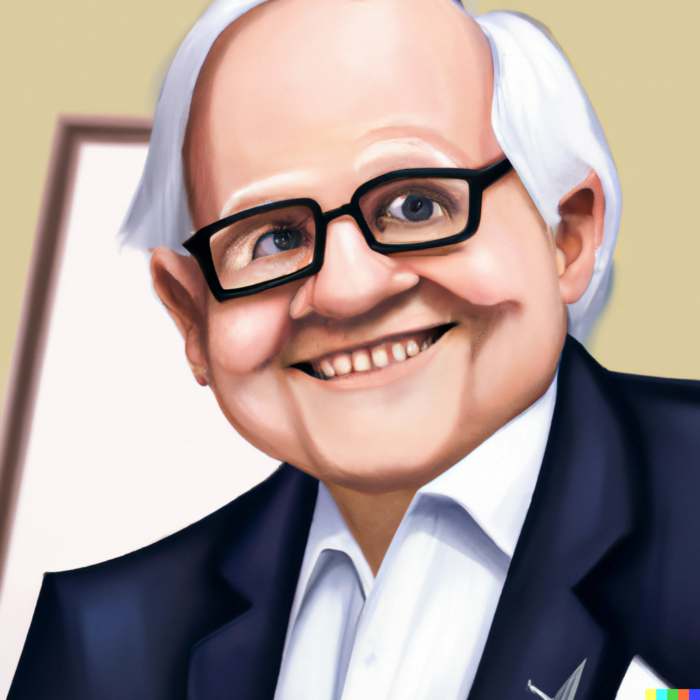
Buffett’s investment in Coca-Cola
One of the many examples of Buffett’s investment prowess, which beautifully illustrates his core principles, is his long-term investment in the beverage giant Coca-Cola. A company with an unassailable global brand and a product with unwavering consumer demand, Coca-Cola was a textbook example of Buffett’s investing strategy. It offers us an insightful window into the inner workings of Buffett’s seemingly simple, yet highly effective investment philosophy. This case study delves into this fascinating journey that intertwines the fates of a legendary investor and a globally-renowned company.
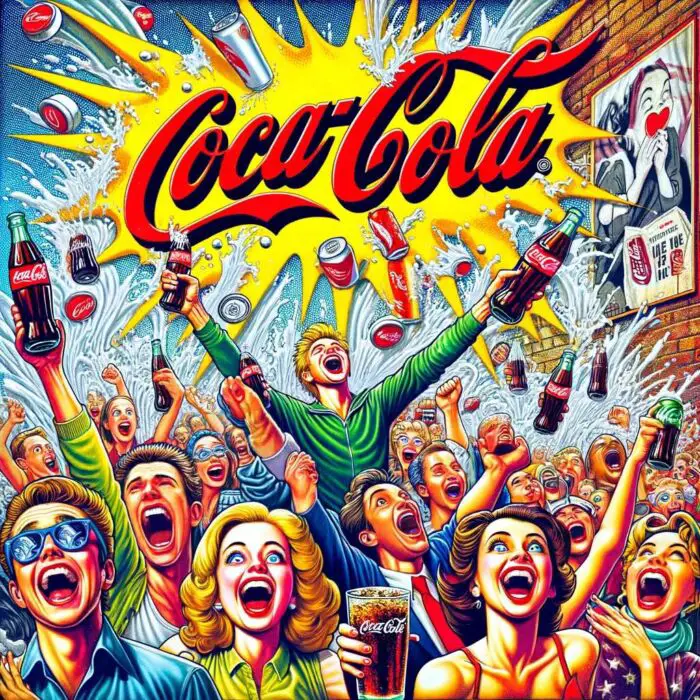
A summary of the investment’s outcome
The year was 1988 when Buffett started accumulating Coca-Cola shares, a time when the company was in a rough patch, following the infamous “New Coke” debacle. With an initial investment of about $1 billion, Buffett’s Berkshire Hathaway acquired approximately 7% of the company, becoming the largest shareholder. That stake has ballooned into a worth of over $20 billion, proving to be one of the most successful investments in Buffett’s illustrious career. More than the financial return, this investment reinforced Buffett’s fundamental principles and solidified his position as a true virtuoso of value investing.

In the following sections, we’ll peel back the layers of this investment decision, the rationale, the timing, the outcomes, and the lessons that budding investors can draw from this intriguing journey. We’ll delve into the relationship between the Oracle of Omaha and the world’s most recognized beverage, painting a vivid picture of the art and science that is value investing.
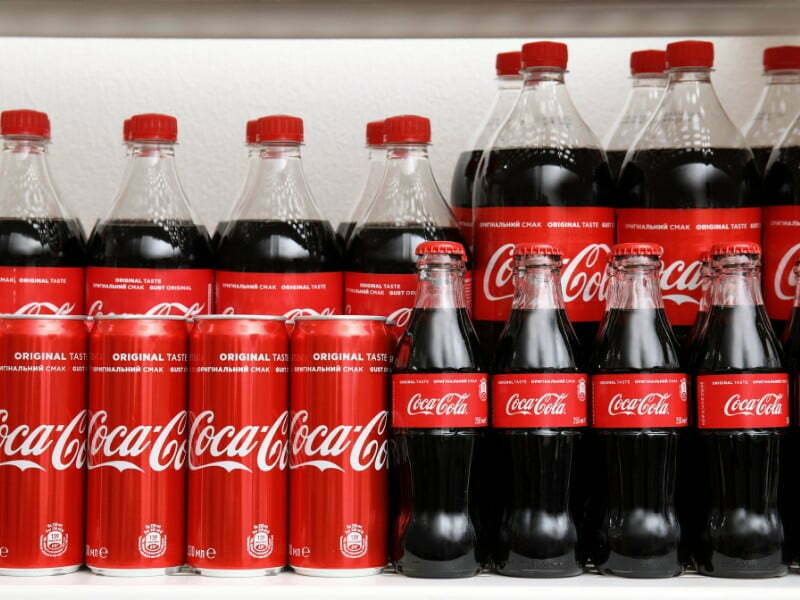
Background Information: Biography of Warren Buffett
Born in the heartland of America, Omaha, Nebraska, in 1930, Warren Edward Buffett was seemingly destined for a life in numbers. The son of a stockbroker-turned-Congressman, Buffett bought his first stock at the tender age of 11, signaling an early predilection for finance. After graduating from the University of Nebraska at Lincoln, he honed his investment acumen at Columbia Business School under the tutelage of Benjamin Graham, the father of value investing. Buffett’s meteoric rise to becoming one of the world’s wealthiest and most respected investors has its roots in his relentless pursuit of knowledge, disciplined approach, and an unwavering commitment to his investment principles.

Buffett’s Investing Philosophy: Value Investing
Warren Buffett’s investment philosophy, deeply influenced by his mentor Benjamin Graham, is anchored in value investing – the art and science of buying stocks at less than their intrinsic value. Buffett seeks companies that are undervalued, underappreciated, or overlooked by the market, yet have solid fundamentals, strong moats, and competent leadership. He pays meticulous attention to the price-to-earnings (P/E) ratios, free cash flow, and other critical financial metrics.
However, Buffett’s approach transcends the conventional paradigms of value investing. While Graham preferred a broad portfolio of undervalued stocks, Buffett leans towards a concentrated portfolio of companies that he thoroughly understands and believes in. His strategy is to buy wonderful businesses at fair prices rather than fair businesses at wonderful prices. This long-term buy-and-hold approach is epitomized by his famous quip, “Our favorite holding period is forever.”

Overview of Coca-Cola as a company before Buffett’s investment
Coca-Cola, the world’s most recognized brand, had been quenching thirsts since 1886. However, by the time Buffett eyed the company, it had been through a roller-coaster ride. In the 1980s, Coca-Cola committed a strategic blunder by changing its century-old secret recipe, unveiling the “New Coke” in 1985. The move was a catastrophic failure, triggering a backlash from consumers who preferred the original taste.
The company quickly reinstated the original formula, branding it as “Coca-Cola Classic,” but the damage had been done. The debacle dented the company’s image, and the stock price slumped. By 1988, however, Coca-Cola had learned from its missteps and was regaining its footing. Yet, the market was still wary, and the stock remained undervalued.
This is when Buffett stepped in, seeing value where others saw risk. He saw a company with an unassailable brand, a global distribution network, and a product with enduring appeal. It was a classic Buffett move – finding a diamond in the rough, ready for a polish. The stage was set for one of the most legendary investments in history, which we will delve into in the next section.
source: The Long-Term Investor on YouTube
The Investment Decision: When and why Buffett decided to invest in Coca-Cola
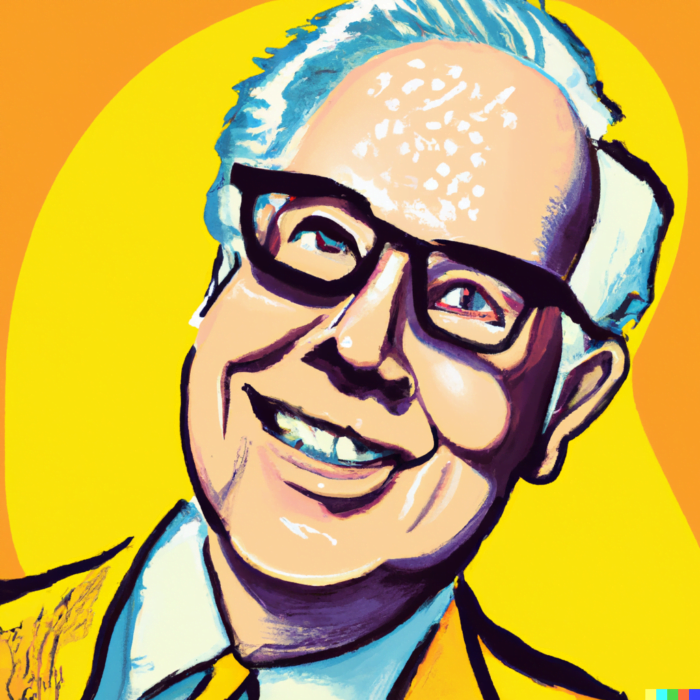
The year was 1988. Stock markets were on a rebound from the ‘Black Monday’ crash of 1987. Amid this backdrop, Buffett had his gaze fixed on Coca-Cola. Although the company was recovering from the “New Coke” misstep, its stock was still undervalued, trading at a discount to its intrinsic value. Buffett saw a golden opportunity in this gap.
Buffett decided to invest in Coca-Cola because he recognized the timeless value of its brand and the widespread appeal of its core product. Moreover, he had faith in the company’s global distribution network and its ability to generate stable, long-term cash flows. The idea of billions of people across the world reaching for a Coca-Cola product every day aligned perfectly with his concept of a ‘forever’ product.

State of the company at the time of investment
Despite the lingering aftershocks of the “New Coke” fiasco, Coca-Cola was steadily regaining its footing in 1988. The company returned to its original recipe, rekindling its connection with loyal customers. Nevertheless, the stock market hadn’t yet fully factored in this turnaround.
Coca-Cola was also expanding its product portfolio, introducing new beverage lines to cater to evolving consumer preferences. Moreover, the company was aggressively growing its international presence, tapping into emerging markets around the globe. Despite these positive developments, the stock was still trading at a relatively low price-to-earnings ratio, an indicator of undervaluation.
How the investment decision aligned with Buffett’s investment philosophy
Buffett’s investment in Coca-Cola was a quintessential manifestation of his value investing principles. He saw a company with a potent mix of a powerful brand, a wide-reaching distribution network, and a product with universal appeal — all available at a discounted price.
The decision to invest in Coca-Cola wasn’t based on short-term market sentiment, but on the company’s long-term value proposition. Buffett was not deterred by the market’s myopia surrounding the “New Coke” episode. Instead, he focused on the company’s enduring qualities — its core product’s global appeal, the strength of the brand, and the robustness of its distribution network.
In essence, Buffett’s decision to invest in Coca-Cola underscored his fundamental investment tenet — ‘buying a wonderful company at a fair price.’ The Coca-Cola investment illustrates how Buffett’s approach is not about capitalizing on market trends or timing the market, but rather about identifying and investing in companies with solid fundamentals and a strong competitive advantage — the characteristics that contribute to a company’s intrinsic value. This strategy, as history would reveal, paid off handsomely for the Oracle of Omaha.

Analysis of the Investment: Financial performance of Coca-Cola since the investment
When Buffett started accumulating Coca-Cola shares in 1988, he ended up investing approximately $1 billion for a 7% stake in the company. By the end of 2020, that investment had swelled to over $20 billion, representing a remarkable twenty-fold increase over a span of approximately three decades. This is an annualized return of about 10%, not accounting for the dividend income, which has also been quite substantial given Coca-Cola’s consistent dividend payout.
Moreover, the steady rise in Coca-Cola’s share price over the years has contributed significantly to the overall growth of Berkshire Hathaway’s portfolio, cementing Buffett’s status as a legendary investor.
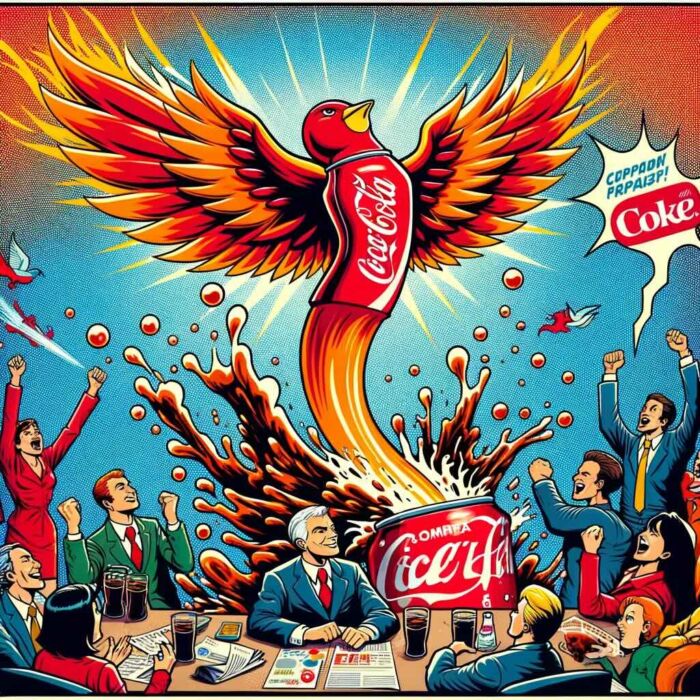
Comparison of Coca-Cola’s performance to the overall market
Over the years, Coca-Cola’s performance has consistently outpaced the broader market. The S&P 500, an index of the top 500 companies in the U.S., delivered an annualized return of approximately 7.8% from 1988 through 2020, dividends included. Meanwhile, Buffett’s investment in Coca-Cola, as mentioned, yielded an annualized return of about 10%, again excluding dividends. This outperformance, over such a long period, is a testament to Buffett’s exceptional ability to identify and invest in high-performing, undervalued stocks.
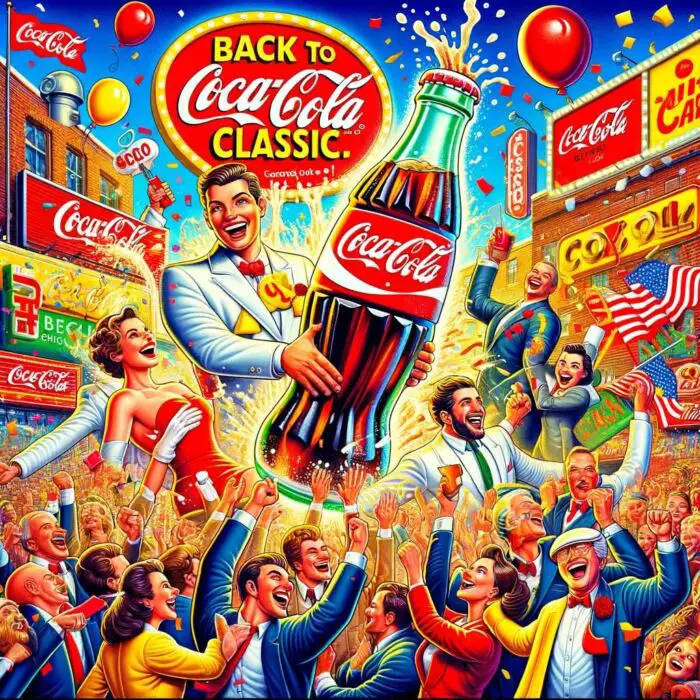
Key factors that contributed to the success of the investment
Several factors contributed to the success of Buffett’s Coca-Cola investment. Firstly, Buffett’s ability to recognize the long-term potential of Coca-Cola at a time when the market was overly focused on the company’s short-term missteps was key. He saw beyond the “New Coke” debacle and recognized the enduring value of Coca-Cola’s brand and its globally beloved product line.
Secondly, the company’s relentless expansion into international markets and diversification of its product portfolio, away from just sugary drinks, boosted its overall growth and profitability. Coca-Cola’s consistent ability to generate substantial free cash flow and its shareholder-friendly practices, such as consistent dividend payouts, also played significant roles.
Challenges or obstacles that arose and how they were handled
The road to success wasn’t without bumps. Post the initial investment, Coca-Cola faced challenges such as changing consumer preferences towards healthier drinks and increased regulations on sugary beverages. However, the company adeptly navigated these obstacles by diversifying its product portfolio to include healthier options such as water, tea, and low-sugar drinks.
Buffett, with his long-term investment horizon, stuck with Coca-Cola through these challenges. He firmly believed in the company’s ability to adapt and grow, underscoring his philosophy of standing by companies with strong fundamentals, effective management, and a durable competitive advantage. His unwavering faith in Coca-Cola’s intrinsic value, even in the face of adversities, is a crucial lesson for investors.
source: CNBC on YouTube
Lessons Learned: Key takeaways from this Investment Case Study
A. Examination of the key takeaways from this investment case study
Buffett’s Coca-Cola investment serves as a masterclass in value investing. The first significant lesson from this case study is the power of long-term, patient investing. Buffett’s strategy was not to make a quick profit but to hold on to the stock for the long haul, reaping benefits as the company grew over time.
Secondly, it underscores the importance of investing in companies with strong fundamentals, regardless of short-term market sentiments or temporary setbacks. Buffett focused on Coca-Cola’s enduring appeal, powerful brand, and global distribution network, which allowed it to bounce back even after severe missteps like the “New Coke” debacle.
Finally, the case highlights the significance of understanding the business you invest in. Buffett’s knowledge of Coca-Cola’s business model, its competitive landscape, and its growth potential enabled him to spot a diamond in the rough and capitalize on the opportunity.

How the Coca-Cola investment shaped or affirmed Buffett’s investing strategy
The Coca-Cola investment, with its astounding success, not only affirmed Buffett’s investing strategy but also further strengthened his conviction in the principles of value investing. It validated his approach of focusing on a company’s intrinsic value, rather than temporary market trends or sentiment. The ability to see past short-term difficulties and focus on the company’s long-term potential is what sets Buffett apart. This investment bolstered his belief in the importance of patience, thorough understanding, and conviction in investing.
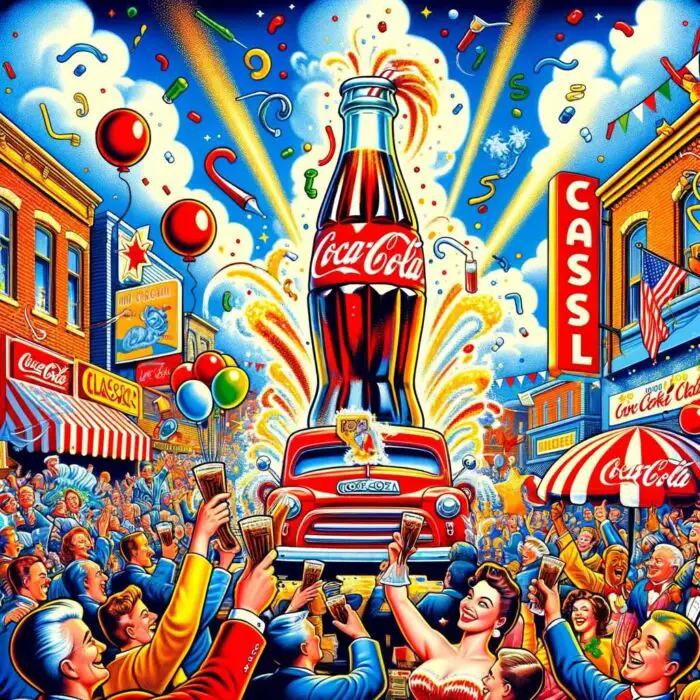
Applicability of these lessons to other investors
Buffett’s Coca-Cola investment offers valuable lessons to all investors, irrespective of their investment style or portfolio size. First and foremost, it teaches the importance of patience and long-term thinking. Investors should not expect quick gains but should focus on the long-term growth potential of companies.
Secondly, the case underscores the importance of investing in companies with solid fundamentals and a strong competitive advantage. Even when a company faces temporary setbacks, as Coca-Cola did with its “New Coke” fiasco, strong fundamentals can help it bounce back.
Finally, the case study emphasizes the importance of understanding the businesses you invest in. Investors should make an effort to learn about the company, its business model, its competitive landscape, and its growth prospects before making an investment decision.
In summary, the lessons from Buffett’s Coca-Cola investment are timeless and universal. They offer valuable guidance for investors navigating the complex and often turbulent world of investing, emphasizing the importance of patience, understanding, and focus on long-term value creation.
source: The Coca-Cola Co. on YouTube
How Buffett’s investment influenced Coca-Cola’s strategy and growth
Warren Buffett’s investment in Coca-Cola served as a significant endorsement for the company. Buffett, known for his scrupulous investment approach, doesn’t just put his money in any company; his investment signified his strong belief in Coca-Cola’s brand, management, and long-term prospects. This bolstered the company’s credibility in the eyes of other investors and stakeholders, resulting in a positive impact on its market reputation and investor confidence.
Beyond the financial support, Buffett’s investment offered a sense of stability. Known for his long-term buy-and-hold strategy, Buffett’s involvement reassured other investors that a market maestro saw a long-term future in the company. This confidence likely contributed to Coca-Cola’s ability to pursue its strategies without the pressures of short-term market expectations, thereby facilitating its expansion and diversification efforts.
Moreover, the symbiotic relationship between Buffett and Coca-Cola evolved over the years. Buffett didn’t play an active role in managing the company, but his wisdom and advice were undoubtedly valuable to Coca-Cola’s leadership. This influence could have subtly steered some of the company’s strategic decisions.
Exploration of how the investment influenced the broader market’s perception of Coca-Cola
Buffett’s investment had a profound impact on the broader market’s perception of Coca-Cola. His decision to invest in the beverage giant, especially at a time when the company was still recovering from the “New Coke” fiasco, sent a strong signal to the market. If the Oracle of Omaha saw potential in Coca-Cola, perhaps others had missed something.
Over time, as Coca-Cola continued to grow and deliver solid financial performance, the market’s confidence in the company increased. Buffett’s investment served as a beacon, illuminating the company’s intrinsic value that was previously overshadowed by short-term challenges.
The Coca-Cola investment showcases how market perceptions can change when influenced by renowned investors like Buffett. It underscores the impact that such investors can have not only on the companies they invest in but also on the broader market’s understanding and appreciation of those companies.
source: The Coca-Cola Co. on YouTube

Conclusion: Buffett’s Coca-Cola investment and the resulting outcomes
Warren Buffett’s investment in Coca-Cola in 1988 is a paradigmatic instance of value investing. Buffett saw beyond the short-term market pessimism, spotting a timeless brand with a durable competitive advantage. Investing approximately $1 billion for a 7% stake in Coca-Cola, he reaped enormous returns as his investment grew over twenty-fold in three decades, significantly outperforming the broader market.
The investment had a resounding impact, not just financially, but also on the market’s perception of Coca-Cola. Buffett’s investment signaled his confidence in the company, which helped elevate Coca-Cola’s reputation among other investors and stakeholders. His unwavering support likely provided a bedrock of stability that contributed to Coca-Cola’s ability to pursue long-term growth strategies.
Final thoughts on what the investment says about Buffett’s strategy
Buffett’s Coca-Cola investment reaffirms his disciplined approach to value investing. It underscores his focus on a company’s intrinsic value, a combination of its fundamentals, durable competitive advantage, and the quality of its management. The case illustrates Buffett’s preference for “wonderful companies at fair prices” over “fair companies at wonderful prices” and his unwavering commitment to his long-term buy-and-hold strategy.
The investment also speaks to Buffett’s conviction. Despite the market’s negative sentiment following the “New Coke” debacle, Buffett remained steadfast in his belief in Coca-Cola’s long-term potential. This confidence was rewarded handsomely, further cementing Buffett’s reputation as one of the world’s most successful investors.
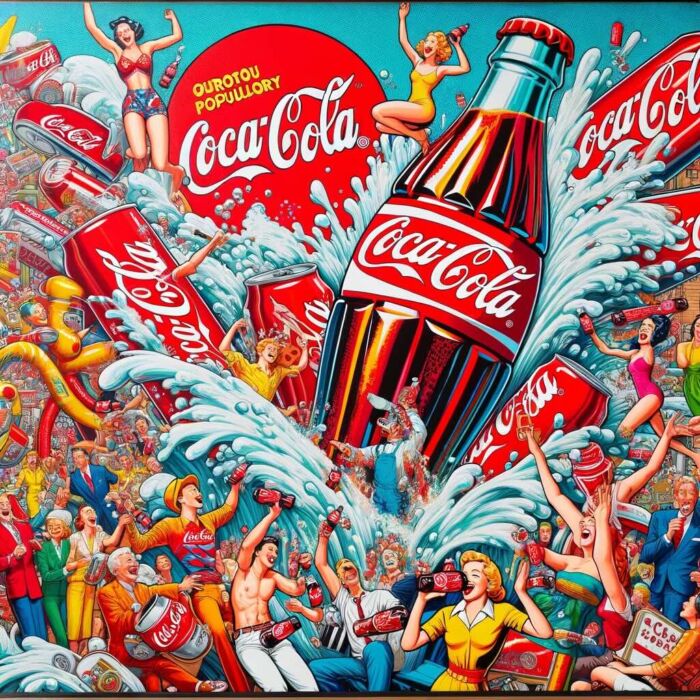
What modern investors can learn from this case study
The Coca-Cola case study provides modern investors with timeless lessons. It emphasizes the importance of patient, long-term investing and the ability to separate temporary market sentiment from a company’s long-term value proposition. It illustrates the importance of understanding the businesses you invest in and maintaining your conviction, even when faced with market skepticism.
The Coca-Cola investment also demonstrates that great investment opportunities can sometimes be found in familiar places. As Buffett often advises, “Invest in what you know.” After all, Coca-Cola, a household name around the world, turned out to be one of Buffett’s most successful investments.
In an era where short-term trading and speculative investing seem increasingly prevalent, the Coca-Cola case study serves as a valuable reminder of the power and profit potential of a disciplined, long-term, value-oriented investment approach. As investors navigate the often tumultuous financial markets, they would do well to remember Buffett’s advice: “The stock market is designed to transfer money from the active to the patient.” His investment in Coca-Cola is a testament to this timeless wisdom.
Important Information
Investment Disclaimer: The content provided here is for informational purposes only and does not constitute financial, investment, tax or professional advice. Investments carry risks and are not guaranteed; errors in data may occur. Past performance, including backtest results, does not guarantee future outcomes. Please note that indexes are benchmarks and not directly investable. All examples are purely hypothetical. Do your own due diligence. You should conduct your own research and consult a professional advisor before making investment decisions.
“Picture Perfect Portfolios” does not endorse or guarantee the accuracy of the information in this post and is not responsible for any financial losses or damages incurred from relying on this information. Investing involves the risk of loss and is not suitable for all investors. When it comes to capital efficiency, using leverage (or leveraged products) in investing amplifies both potential gains and losses, making it possible to lose more than your initial investment. It involves higher risk and costs, including possible margin calls and interest expenses, which can adversely affect your financial condition. The views and opinions expressed in this post are solely those of the author and do not necessarily reflect the official policy or position of anyone else. You can read my complete disclaimer here.

